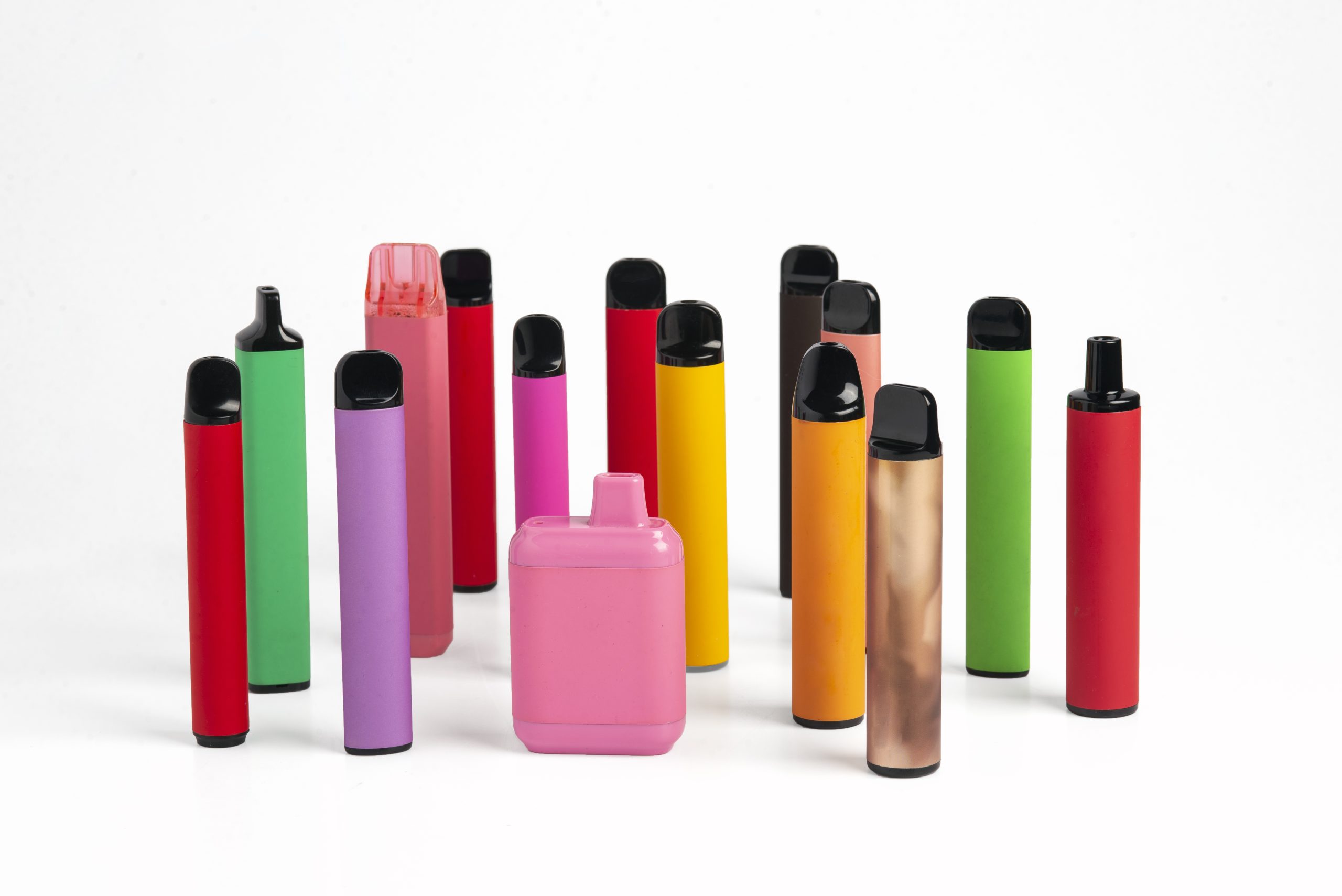
NEW RESEARCH – Youth vaping education campaigns must avoid fear mongering but be clear on health risks of vapes for young people
Young people are influenced to vape by the power of social media, peer pressure from friends, seductive product advertising, the array of enticing vape flavours, and family members who vape – according to a new study.
The research review which analysed 28 major studies on youth vape education campaigns across the world, concluded that campaigns should avoid finger wagging and scare tactics but be very clear on the potential health risks for young people.
The summary report from Audience Social Marketing, a leading public health campaigns agency, which draws on independent research analysis by Alma Economics, found that effective initiatives often stressed the potential health harms from vapes as well as young people’s increased sensitivity to the effects of nicotine which could lead to addiction. But the study also underlined the vital importance of campaigns (and wider services) in providing help and support for young people to both resist peer pressure to vape and kick the habit.
The types of campaigns studied differed in their target audience and execution – but those that were more effective often had many of the following elements:
- they were co-created with young people
- they were based on behavioural theory
- they addressed young people’s risk beliefs – and educated them on potential health harms
- they were straightforward/factual & avoided finger wagging or fear tactics
- they were supportive and gave young people confidence to resist trying vapes or quit
- they offered practical support on stress management, quitting vaping etc
- they were run over longer periods – not just ‘one offs’
- they had fun, interactive elements – including video games, interactive quizzes etc
Ed Gyde, leading public health communications strategist, and CEO of Audience Social Marketing, said:
“This report really shines a light on what works in youth vaping education campaigns. Co-developing initiatives with young people is key to their effectiveness – as they can advise on the right language, tone, design and channels that will work.
We need to communicate the facts about vapes in a clear way but also provide support to young people in their efforts to resist or kick the habit. Vapes are less harmful than cigarettes and can help adults to quit tobacco. But they’re not a harmless social prop – especially for young people as their brains and bodies are still developing – and they could get addicted.”
In England, a quarter of 11 to 15-year-olds have tried vaping and nearly 1 in 10 (9%) do it frequently (NHS England 2024).

